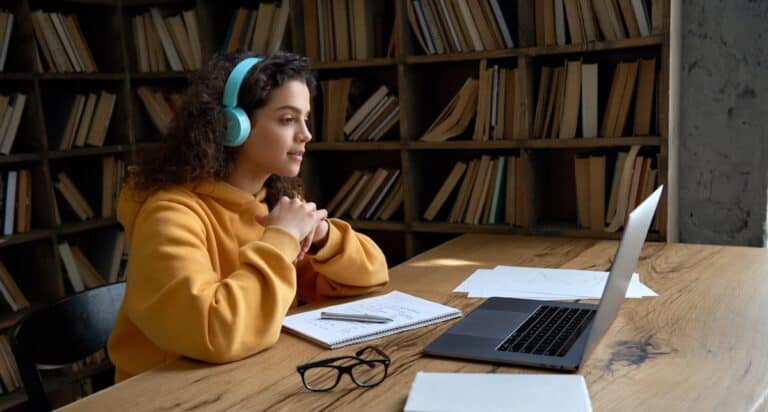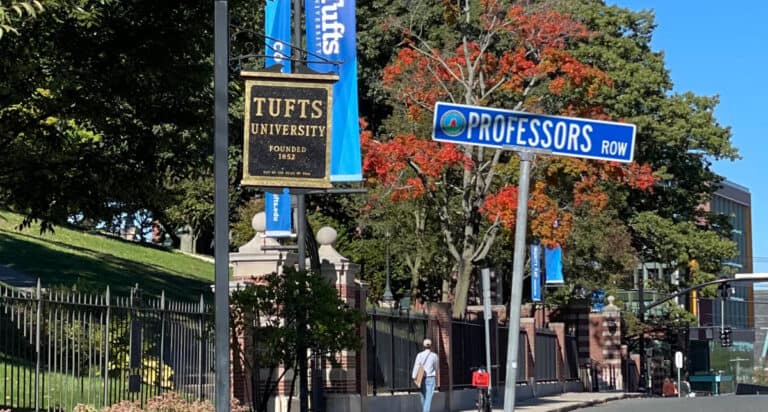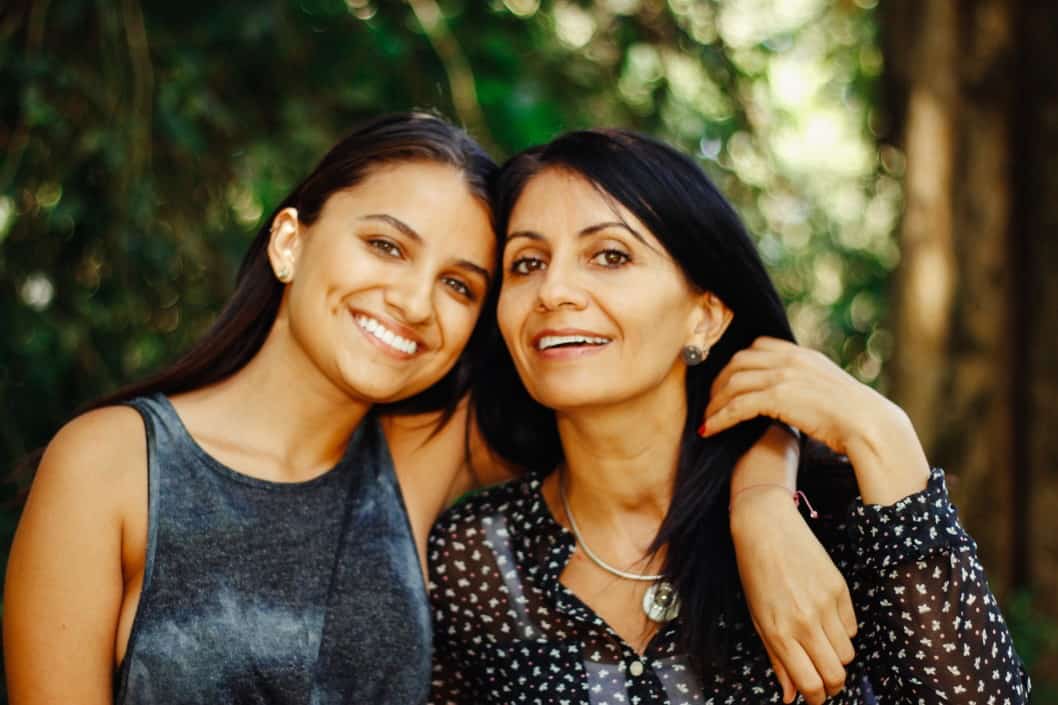Tracking applications like Life360 are a constant source of discussion and contention among parents of older kids and teens. We hear all the time about the fine line parents walk between “stalking” their teens and needing to know that their kids are safe.
Some argue that tracking applications rather than reassuring parents, in fact, makes them even more anxious about their kids’ whereabouts and leads to obsessively checking on their whereabouts. That constant checking is not only a distraction but it sends the message to teens that we simply don’t trust them.
Learn more about Life360 here.
Is it okay to use tracking apps to locate your kids?
Others argue that there is no reason not to use tracking applications and that with electronic reassurance we can actually give our teens more independence. One of our authors wrote,
I don’t want to get in my kids way, I don’t want to control them, stifle them or invade their space. I don’t need to know every detail of their lives, just as they don’t need to know every detail of mine. But, sometimes I like to know that they are in the world and if knowing where they are gives me a modicum of comfort, then so be it. I won’t make excuses for using a technology that allays my fears and keeps my anxiety at a low simmer.
As with all things parenting, the answer probably lies somewhere in the middle. You know yourself and your kids and you know what works best for your family. But now there is middle ground, a compromise position between using the apps and not using them at all.
A new privacy-respecting feature from Life360 called Bubbles
Life360 has just launched a new privacy-respecting feature: “Bubbles.” This location-sharing feature was inspired by teens on TikTok. Life360’s CEO Chris Hulls created a TikTok account and started a dialogue with young users in order to figure out what Life360 could do to make their app more appealing to young people.
The new feature allows any Life360 Circle member to share a circle representing their generalized location instead of their exact whereabouts. To set a bubble, the user can adjust a specified radius on the map for a certain period of time, up to 6 hours. Parents can then see the bubble in which their teen is located, but not precisely where. So, a parent can see if their teens are in the general vicinity of where they said they would be.
The Bubble will burst if a car crash or other emergency is detected. And, a parent can choose to override the setting and pop the bubble if they need to see exactly where their child is. However the teen will be notified that the parent has pierced their privacy bubble.
Life360 says the bubble technology is “…meant to represent a compromise in the battle between adult surveillance of kids’ every move and teenagers’ needs to have more personal freedom.”
Some families like to continue to use Life360 after their student has gone to college and this feature makes a useful compromise. If a college student wants more privacy and parents still want to stay electronically connected, they can agree to make the campus a bubble. Parents know their student is on campus, and the student doesn’t have to reveal if they are in the library, in their own bedroom, or in a friend’s dorm room at 2 in the morning.
“Teens are a core part of the family unit — and our user base — and we value their input,” said Hulls. “After months of communicating with both parents and teens, I am proud to launch a feature that was designed with the whole family in mind, continuing our mission of redefining how safety is delivered to families,” he added.
You Might Also Want to Read:
The Majority of Young Adults Live With The Parents for the First Time Since the Great Depression









